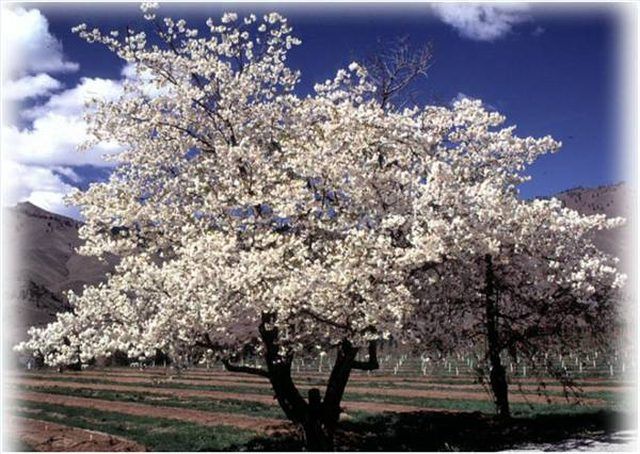Bulbs
Flower Basics
Flower Beds & Specialty Gardens
Flower Garden
Garden Furniture
Garden Gnomes
Garden Seeds
Garden Sheds
Garden Statues
Garden Tools & Supplies
Gardening Basics
Green & Organic
Groundcovers & Vines
Growing Annuals
Growing Basil
Growing Beans
Growing Berries
Growing Blueberries
Growing Cactus
Growing Corn
Growing Cotton
Growing Edibles
Growing Flowers
Growing Garlic
Growing Grapes
Growing Grass
Growing Herbs
Growing Jasmine
Growing Mint
Growing Mushrooms
Orchids
Growing Peanuts
Growing Perennials
Growing Plants
Growing Rosemary
Growing Roses
Growing Strawberries
Growing Sunflowers
Growing Thyme
Growing Tomatoes
Growing Tulips
Growing Vegetables
Herb Basics
Herb Garden
Indoor Growing
Landscaping Basics
Landscaping Patios
Landscaping Plants
Landscaping Shrubs
Landscaping Trees
Landscaping Walks & Pathways
Lawn Basics
Lawn Maintenance
Lawn Mowers
Lawn Ornaments
Lawn Planting
Lawn Tools
Outdoor Growing
Overall Landscape Planning
Pests, Weeds & Problems
Plant Basics
Rock Garden
Rose Garden
Shrubs
Soil
Specialty Gardens
Trees
Vegetable Garden
Yard Maintenance
About Cherry Trees
About Cherry Trees. There are hundreds of different types of cherry trees worldwide. Some cherry trees are grown exclusively for their fragrant blossoms and are unable to bear fruit. However, cherry trees are most often grown for their cherries. Since the types of cherry trees are so diverse, the trees can be grown in a wide range of climates, from...

There are hundreds of different types of cherry trees worldwide. Some cherry trees are grown exclusively for their fragrant blossoms and are unable to bear fruit. However, cherry trees are most often grown for their cherries. Since the types of cherry trees are so diverse, the trees can be grown in a wide range of climates, from warm Southern climates to the Northern hemisphere where hardier cherry trees thrive.
History
In the east, cherry trees have been planted for their fruit and aesthetic beauty for thousands of years. Cherry trees have been incorporated into local folklore the world over. In some countries--such as Japan--festivals are devoted to cherry trees when they blossom in late winter and early spring. Though the story of George Washington chopping down the cherry tree in his youth may be a myth, Washington, D.C. holds its annual Cherry Blossom Festival in late March and early April.
Types
Black cherry trees, common in North America, are one of the largest cherry trees. Due to their hardy nature, black cherry trees tolerate both warm and cold climates. The Kwanzan and Yoshino cherry trees bear no fruit and are grown for their abundance of cherry blossoms. Sweet cherries like the Bing and Stella varieties are a popular choice for gardeners. Sour cherry trees like Montmorency produce firm sour cherries suitable for cooking.
Planting
Cherry trees should be planted in the spring or fall in a sunny location. Cherry trees need plenty of space. Depending on the species of tree, cherry trees should be planted 25 to 40 feet away from other trees and plants. When digging a hole to plant the cherry tree, it should be not only deep enough to cover the roots, but it should also be wide enough to allow for root spreading. Soil should be fertilized and aerated before planted, as fertilizers can burn otherwise healthy cherry tree roots.
Care
Cherry trees should be watered weekly or bi-weekly depending on the climate and how much rain an area receives. Cherry trees are usually prolific growers, and most do not require much in the way of fertilization unless the soil is particularly sandy. Pruning should be done early in the spring to remove dead limbs and promote growth for the coming season.
Harvesting
The most rewarding time for cherry trees growers is harvest time. Cherries are harvested from late summer through fall, when the fruits are red. Cherries picked with the stem intact will last a week or more as opposed to cherries harvested without the stem. Freshly harvested cherries will retain much of their flavor for up to 6 months if they are frozen soon after harvesting.